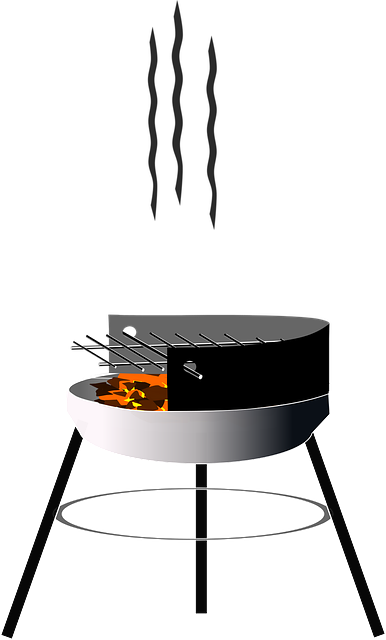Muscle soreness after exercise (DOMS) is caused by microscopic damage to muscle fibers. Kratom, an herb with pain-relieving properties, may help manage this soreness through improved blood flow and reduced inflammation. Unlike traditional analgesics, kratom interacts with opioid receptors for pain relief without typical side effects. Personalized workout routines tailored to age, fitness level, discomfort areas, and health goals are crucial for effective muscle recovery. Techniques like foam rolling, stretching, and active recovery days enhance routine effectiveness. Consulting healthcare professionals before integrating kratom into exercise routines is essential, as its effects vary individually, and proper dosage is critical. Kratom can support recovery but shouldn't replace rest, stretching, and a balanced diet for optimal muscle repair.
Experience lingering muscle soreness? Customized workout plans offer a targeted approach for relief. This comprehensive guide delves into the science behind muscle soreness and explores kratom pigmentation as a potential aid. We break down how to craft personalized routines tailored to your needs, focusing on recovery and mobility. Additionally, we examine the role of kratom in exercise, highlighting its potential benefits while emphasizing safety precautions. Discover natural solutions for a stronger, soother you.
- Understanding Muscle Soreness and Kratom Pigmentation: A Comprehensive Look
- Crafting Personalized Workout Routines for Effective Relief
- Incorporating Kratom into Your Exercise Routine: Potential Benefits and Precautions
Understanding Muscle Soreness and Kratom Pigmentation: A Comprehensive Look

Muscle soreness is a common post-workout experience, often described as delayed onset muscle soreness (DOMS), typically peaking 24 to 72 hours after exercise. It’s your body’s natural response to the microscopic tears in muscle fibers caused by intense physical activity. While uncomfortable, DOMS indicates that your muscles are adapting and growing stronger.
Kratom, a herb known for its pain-relieving properties, has gained attention for its potential role in managing muscle soreness, including kratom pigmentation, which refers to its ability to improve blood flow and reduce inflammation. Unlike traditional analgesics, kratom works on multiple pathways, interacting with opioid receptors to provide pain relief without the same level of side effects. However, it’s essential to approach kratom use responsibly, as individual responses vary, and more research is needed to fully understand its mechanisms and long-term effects, especially regarding muscle recovery and soreness relief.
Crafting Personalized Workout Routines for Effective Relief

Crafting personalized workout routines is key to effectively alleviating muscle soreness. Every individual’s body responds uniquely to exercise, and what works for one person might not be suitable for another. To design a tailored plan, consider factors like age, fitness level, specific areas of discomfort, and overall health goals. A professional trainer or physiotherapist can play a crucial role in this process, assessing your needs and creating a regimen that targets sore muscles while avoiding further strain.
Personalization goes beyond basic exercise selection. The intensity, duration, and frequency of workouts should be adjusted to match your comfort level and recovery capacity. Incorporating techniques like foam rolling, stretching, and active recovery days can enhance the effectiveness of your routine. Additionally, paying attention to nutrition and hydration supports muscle repair and reduces post-workout discomfort, addressing the root causes of soreness for lasting relief.
Incorporating Kratom into Your Exercise Routine: Potential Benefits and Precautions

Kratom, a natural herb with a growing popularity in fitness circles, has been making waves as an ingredient to enhance workout routines and aid in muscle recovery. Beyond its traditional uses, kratom pigmentation offers potential benefits for athletes and active individuals dealing with post-workout muscle soreness. The plant’s unique bioactive compounds may help reduce inflammation and alleviate discomfort, providing a natural alternative to over-the-counter pain relievers.
However, incorporating kratom into your exercise routine isn’t without precautions. It’s crucial to consult with a healthcare professional before adding any new supplement, especially as kratom’s effects can vary from person to person. Proper dosage is essential; consuming too much kratom may lead to adverse reactions. Additionally, while kratom may help with soreness, it shouldn’t replace proper recovery practices like adequate rest, stretching, and a balanced diet designed for muscle repair.
In conclusion, tailored workout plans and the strategic integration of kratom can significantly alleviate muscle soreness and enhance overall well-being. By understanding the science behind muscle recovery and leveraging personalized routines, individuals can experience improved fitness outcomes. While kratom pigmentation offers potential benefits for athletes, it’s crucial to approach its use with knowledge and caution, consulting professionals for safe and effective integration into exercise regimens.














